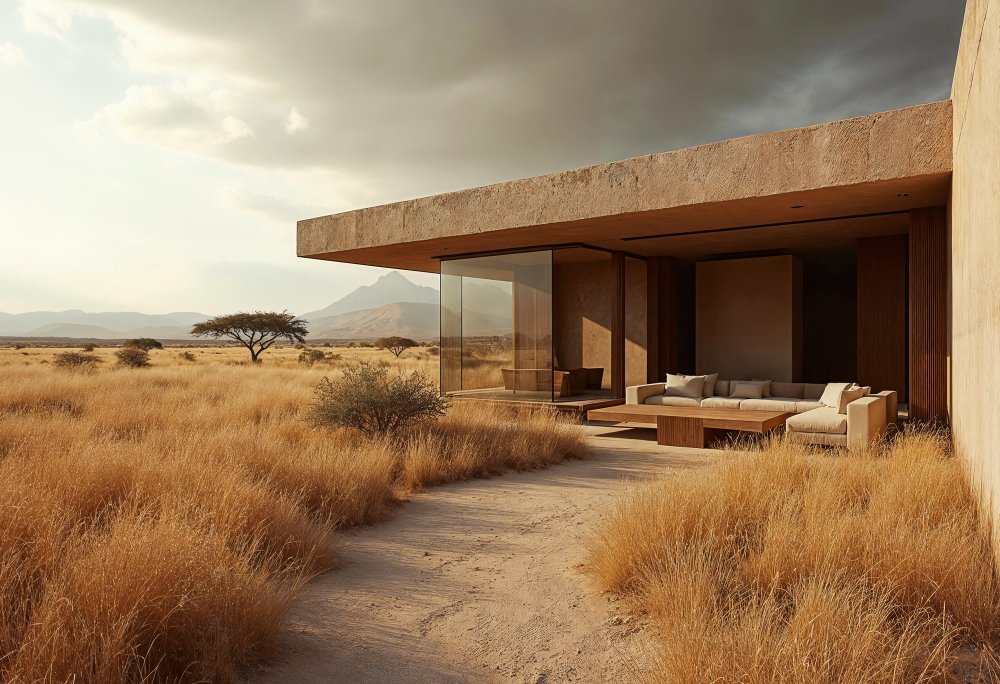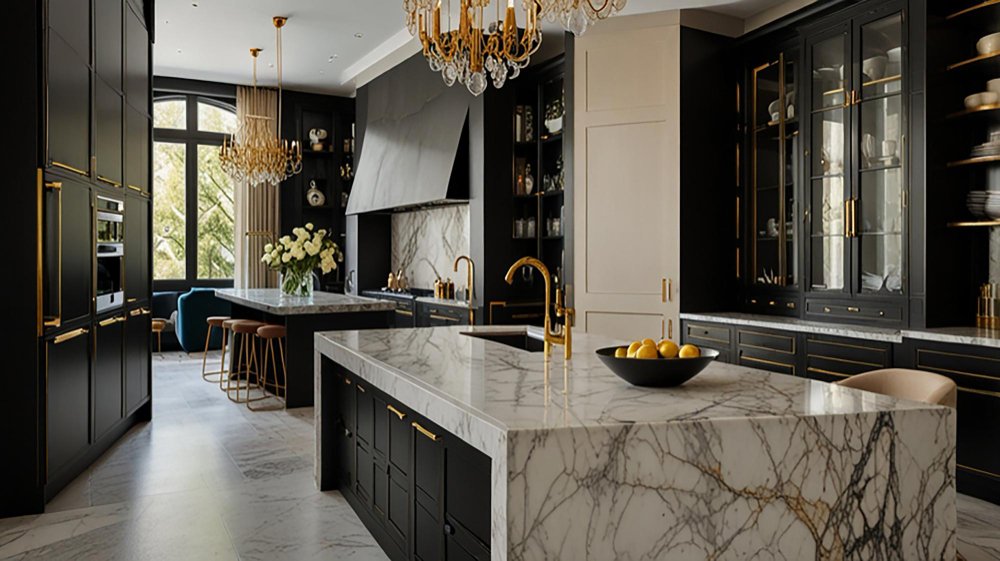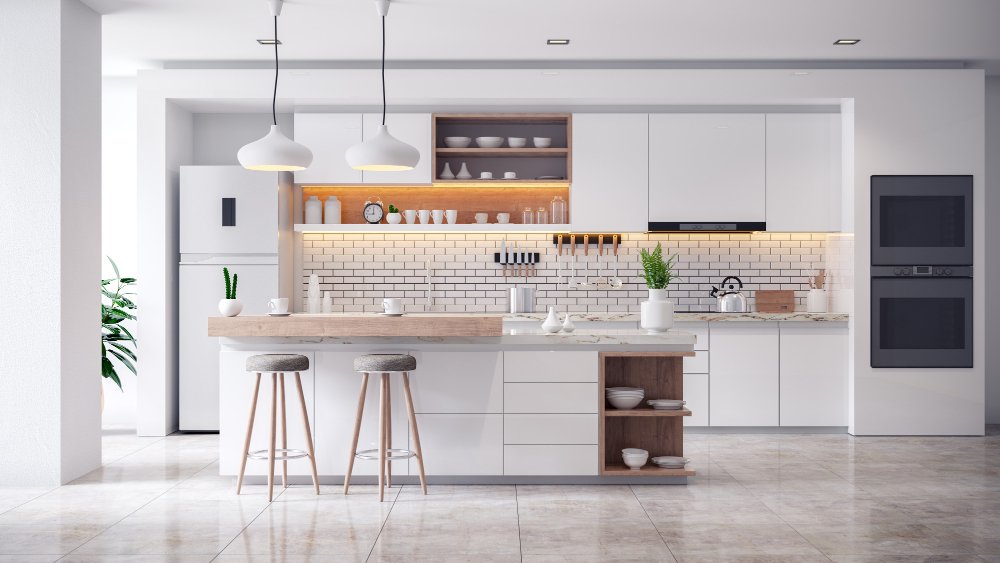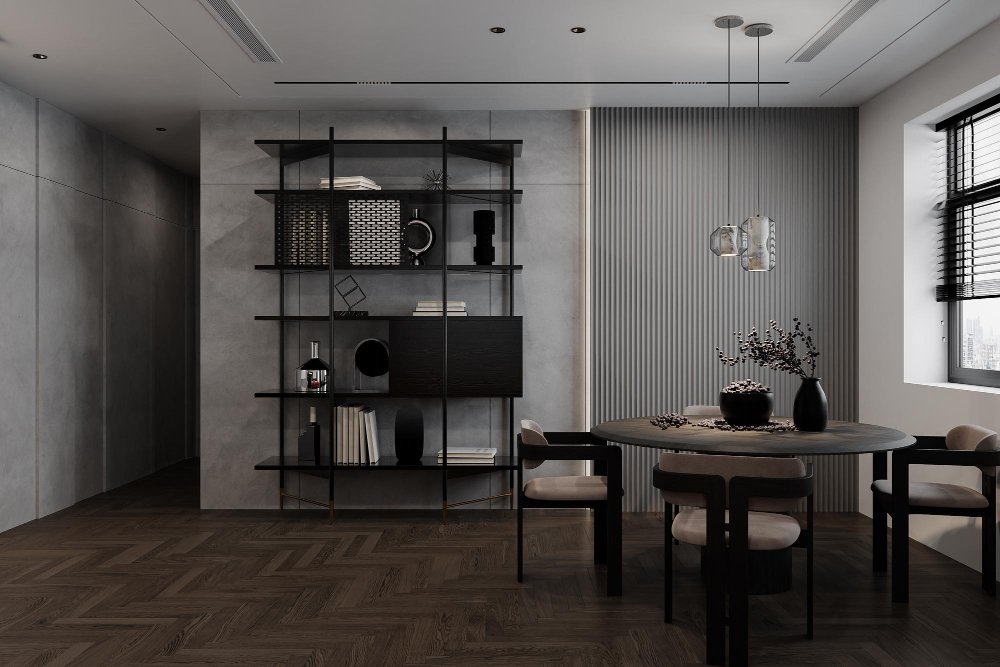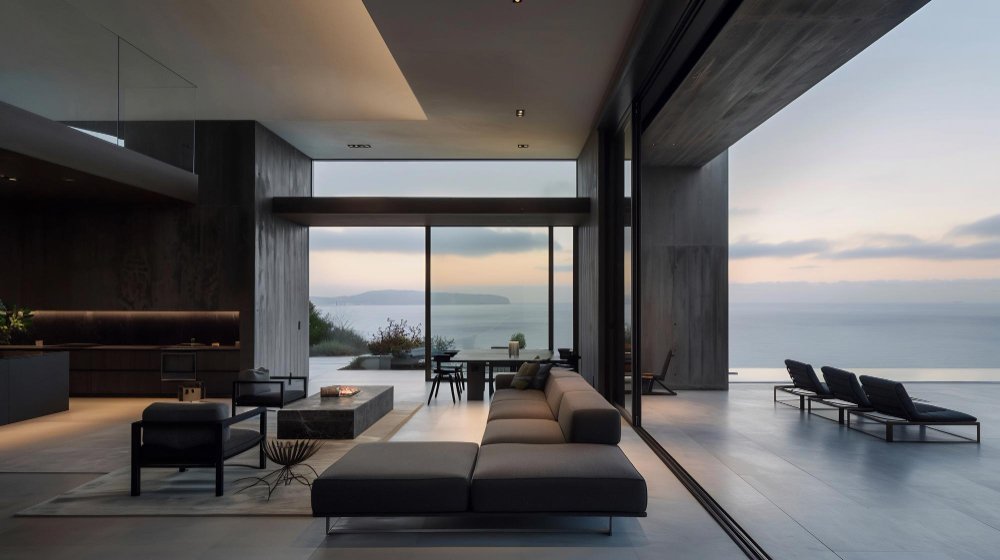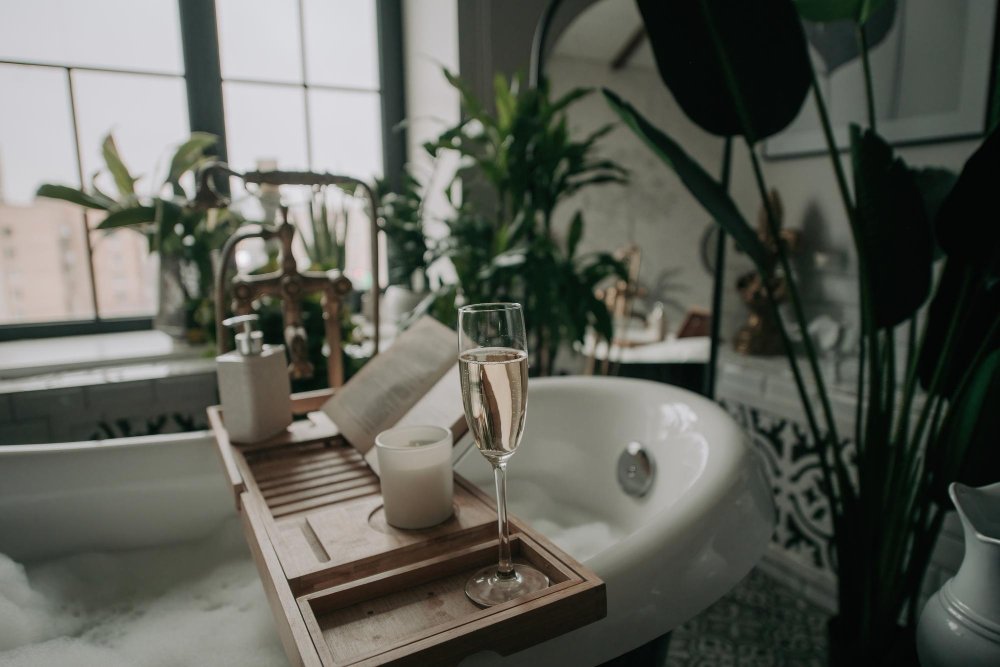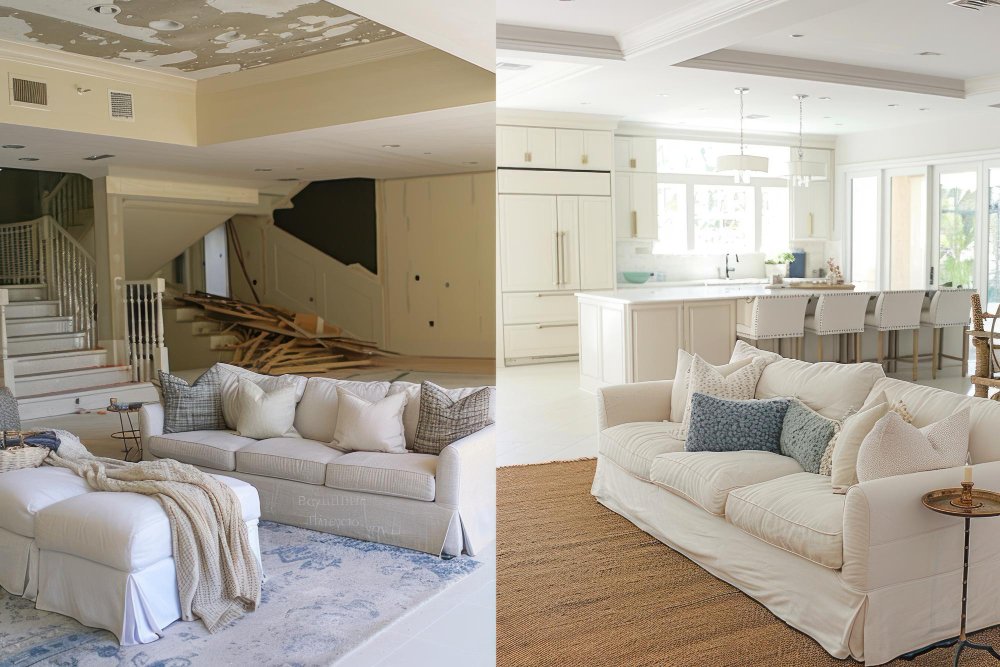When it comes to choosing the right material for your home’s exterior, cement siding consistently stands out as a durable, attractive, and versatile option. Whether you’re renovating or building from scratch, understanding how it compares to other materials and how to maximize its benefits is crucial.
This guide provides expert tips to help you decide if fiber cement panels or concrete exterior siding are the right fit for your home, along with actionable advice for installation and maintenance.
Cement Siding vs. Other Exterior Options
To make an informed decision, it’s essential to weigh the strengths of cement siding against other popular materials like vinyl, wood, and stucco.
1. Durability: How Does Cement Siding Compare?
Cement siding is one of the most resilient materials on the market, capable of withstanding harsh weather conditions, fire, and pests.
Compared to Vinyl:
Vinyl is lightweight but prone to warping in extreme heat.
Cement siding remains stable in all climates, making it a superior long-term investment.
Compared to Wood:
Wood is vulnerable to rot and termites, while cement siding resists both.
Fiber cement panels mimic the appearance of wood but with significantly less maintenance.
Compared to Stucco:
Stucco is durable but can crack over time.
Cement siding offers a crack-resistant alternative that requires fewer repairs.
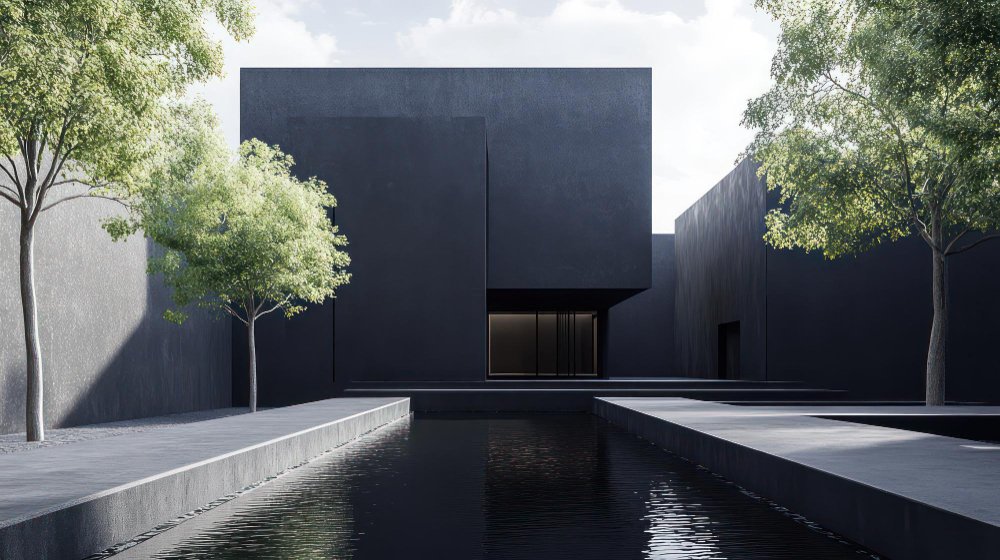
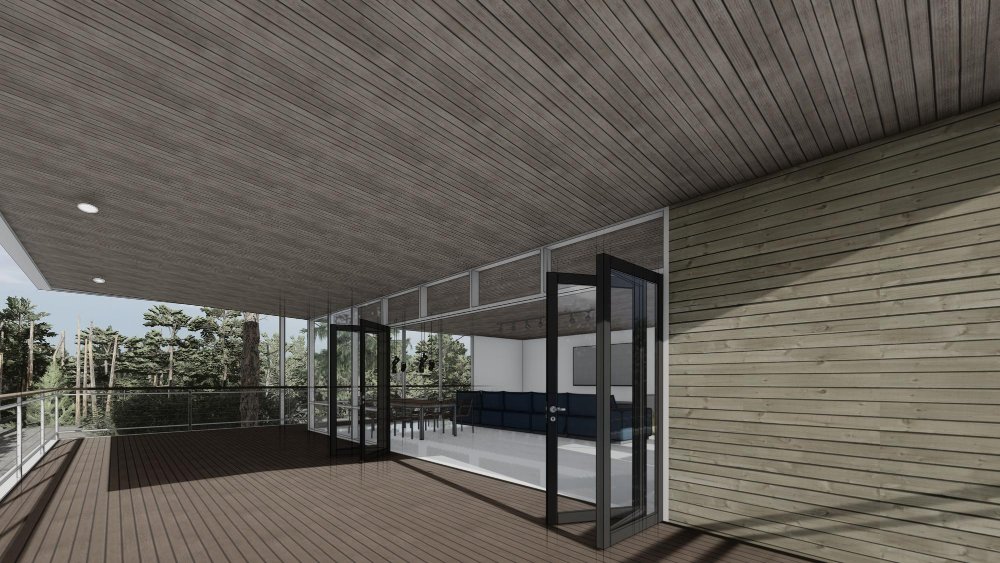
2. Aesthetic Flexibility: Cement Siding’s Versatility
One of the greatest advantages of cement siding is its ability to mimic other materials while offering greater durability.
Wood-Look Options: Achieve the charm of wood siding without the upkeep.
Modern Finishes: Sleek, smooth panels provide a contemporary aesthetic perfect for modern homes.
Color Customization: Cement siding can be painted in any shade, allowing homeowners to match their exterior to their vision.g.
3. Cost: Is Cement Siding Worth It?
Cement siding may come with a higher upfront cost than vinyl or wood, but its longevity and low maintenance make it a cost-effective choice in the long run.
- Initial Investment: While wood may be cheaper initially, its ongoing maintenance costs quickly add up.
- Long-Term Savings: The lifespan of cement siding—30 to 50 years—ensures fewer replacements and repairs over time.
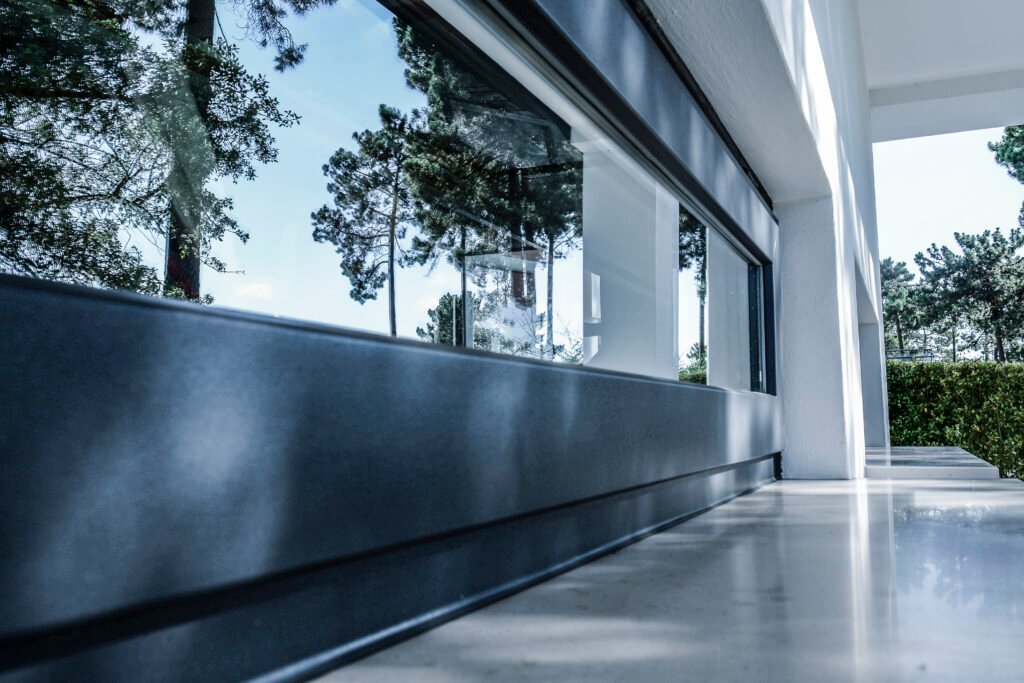
Expert Tips for Installing Cement Siding
Proper installation is key to maximizing the benefits of concrete exterior siding.
Hire Experienced Professionals:
Cement siding is heavy and requires specialized tools and expertise for a seamless installation.
Ensure Proper Sealing:
Sealing the edges during installation prevents moisture from seeping in, which can compromise the material over time.
Use High-Quality Fasteners:
Stainless steel or galvanized nails are essential to prevent rust and maintain a secure fit.
Maintenance Tips for Longevity
Although cement siding is low-maintenance, following these guidelines will help extend its life and keep it looking fresh:
Regular Cleaning: Use a garden hose and mild detergent to remove dirt and debris.
Repainting When Needed: Depending on your chosen paint, a fresh coat may be required every 10–15 years.
Inspect Annually: Look for any signs of cracks, loose panels, or moisture buildup and address them promptly.
More Than Just Extra Space: How One Addition Changed Everything
Why Your Home’s Siding Might Be Sending the Wrong Message — And How to Fix It
7 Design Principles for the Perfect Custom Kitchen Pantry
Refined & Rapid: The New Standard in Fast Kitchen Remodels
Custom Cabinetry: Elevate Your Home with Tailored Upgrades
Upgrade Your Home with Parkay Floor: A Modern Take on Classic Design
Cement Siding: Expert Tips for a Durable and Stylish Exterior
Granite Canvas: Innovative Designs for Modern Upgrades
One Day Bathroom Remodel: Fast and Efficient Renovations
Before and After: 5 Stunning Home Renovation Transformations
Why Cement Siding Is the Ultimate Upgrade
Cement siding offers a rare combination of durability, style, and versatility that few other materials can match. Whether you’re drawn to fiber cement panels for their wood-like charm or sleek concrete exterior siding for a modern finish, this material provides long-term value and enhances curb appeal.
By investing in cement siding, you’re not just upgrading your home—you’re future-proofing it against weather, pests, and time itself.
Final Thought
When considering exterior upgrades, cement siding is a choice that stands out for its unmatched resilience and aesthetic flexibility. With proper planning, installation, and maintenance, this material will keep your home protected and stylish for decades.

